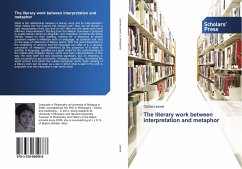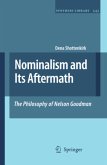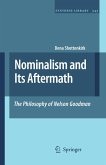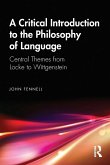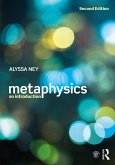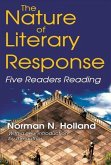What is the relationship between a literary work and its interpretation? What makes the first support the second one? How can we discern a valid interpretation from one that is not? How can the same work have different interpretations? Starting from the Nelson Goodman's proposal to qualify literary works as allografic, and, therefore, to define the works identity based on their spelling, looking for a response to posed questions implies a reflection both on language, as symbolic tool, and on the ways of reference of literary works. After the world dissolution in the multiplicity of versions that the language can offer of it, a peculiar conception of metaphor, understood as the projection of a realm to another of language, qualifies as a good model for the understanding of the relationship between literary works and their interpretations. In this way, the work itself not only becomes significant, but, by meaning, is also successful to get productive, changing, expanding, renovating the world version from which the reader-interpreter starts. Each reading of a literary work can be seen as a way in which what is said in the work is projected onto the interpreter's own world vision
Bitte wählen Sie Ihr Anliegen aus.
Rechnungen
Retourenschein anfordern
Bestellstatus
Storno

